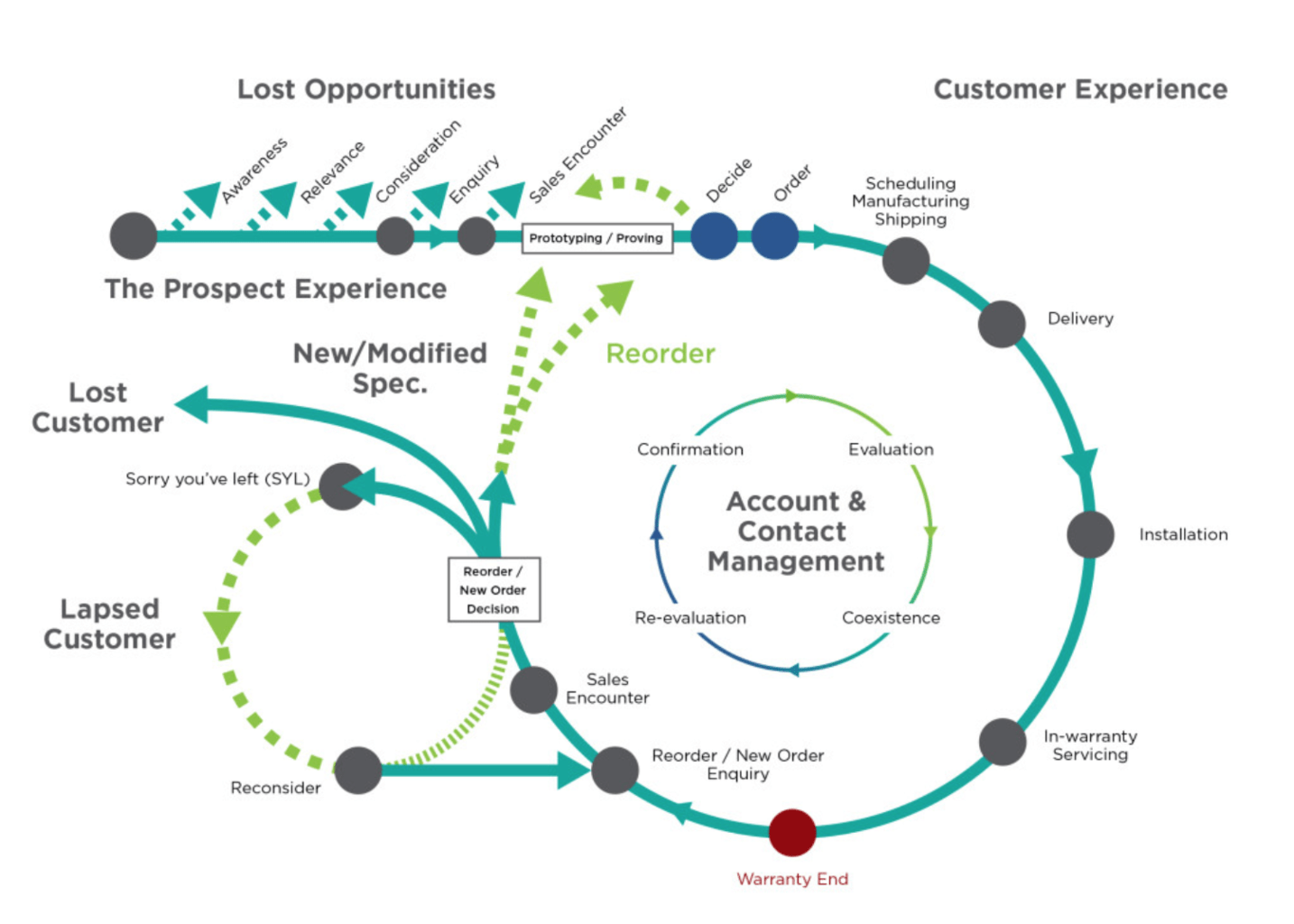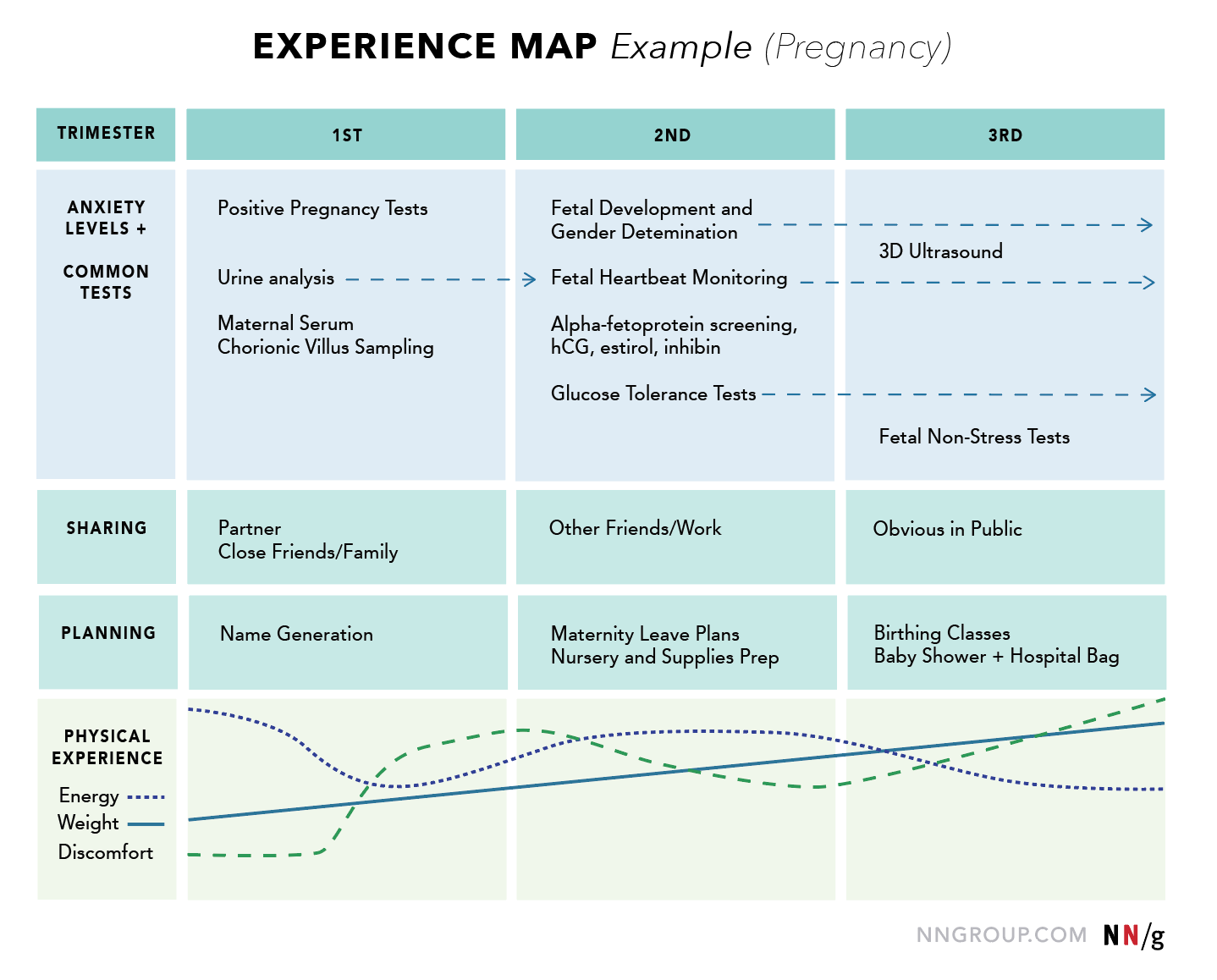by Gene Cornfield
May 06, 2021
Sean Gladwell/Getty Images
Summary. While using customer journeys to guide what teams build and how they operate is common practice, small differences in approach produce vastly different results. But today, as we enter a new stage of profound change, those differences will be more important than...more
As vaccinated millions step tentatively back into an in-person economy poised for growth, the relationships they had with companies they preferred before will resume — but on a trial basis. Spending loyalties will be cemented (or potentially lost to others) based on how well companies understand customers’ new priorities that were forged by the degree of uncertainty, fear, strife, or loss each individual experienced. These considerations will influence not only what customers choose but also how they go about choosing. Your customer journeys must change to reflect your customers’ new preferences and behaviors.
While using customer journeys to guide what teams build and how they operate is common practice, small differences in approach produce vastly different results. But today, as we enter a new stage of profound change, those differences will be more important than ever to business performance. Companies that have adopted different approaches to customer journey and experience practices have seen more than six times greater growth in year-on-year profitability.
Regardless of one’s industry, whether B2C or B2B, the following three simple but critical factors will determine whether your post-pandemic customer journeys will help amplify or impede business growth.
Customer-Centric, Not Company-Centric
Customers happily serve as the engine of business outcomes when doing so is a byproduct of achieving their own intended outcomes. Every time a customer achieves their purpose, the company that enabled them to do so receives revenue or some other value (loyalty, advocacy, etc.).
Insight Center Collection
Opportunities for Midsize Businesses in 2021
Set yourself up to thrive.
But the vast majority of customer journeys I see focus on company outcomes. They guide marketing or sales or service teams, perhaps inadvertently, to manipulate customers toward a business outcome. This practice is so engrained that we have a name for it: The funnel.
The least customer-centric companies often have a single customer journey that is essentially the vertical funnel turned on its side, like a livestock chute through which customers are prodded toward a fate of the company’s choosing. The corralling pens customers pass through — awareness, interest, evaluation, intent, purchase, loyalty — are all in the context of a product and what the company wants, not what customers want.
Many other companies have recognized that customers engage in multiple journeys over the lifetime of their relationship; however, those different journeys are typically aligned to and named for specific outcomes, such as acquisition, retention, or upsell. The question for these companies is: Which customer segments wake up with a burning desire to be acquired? Which think their lives would be so much better if only they could be retained or upsold? These journeys, too, are entirely company-centric. Customer-centric journeys start and end with the outcome customers are trying to achieve: Their intended purpose.
For example, the pandemic has spurred many people to relocate from cities to suburbs. Many are first-time homeowners, unsure what tools they might need for planned improvements or unplanned repairs. Some might want to build a treehouse with their kids but don’t yet have a specific model chosen or the plans, instructions, or tools to realize it. What new offerings, journeys, or experiences might manufacturers of power tools create to enable customers to achieve this purpose?
A traditional journey might start with ads or emails with images of a family building a treehouse that link to the company home page, and then expect the customer to discern what tools or other things they need. Without further guidance, customers will likely leave the company’s site (and the company-designed journey) for a search engine, which provides links to numerous articles, blogs, or competitor sites — any of which might better help the customer achieve their purpose and, as a result, prompt them to purchase elsewhere. The company-designed journey might include stalking customers around the web with retargeting ads. But not only is this practice being phased out, it squanders marketing spend by trying to bring customers back to a site that doesn’t address key needs in their journey.
A more customer-centric journey might start with the ads or emails described above, but link to a section of the company website organized by types of projects, from decks to sheds to treehouses. They might show multiple treehouse designs, filterable by size or the type of trees for which each is suitable. The detail page for each treehouse might show a video of the project from start to finish to build confidence in the customer and excitement among the family. All the tools and parts required might be listed, with options to buy them a la carte or as a full package. Each purchase might include assembly plans with illustrated instructions, and a mobile device–optimized step-by-step version, with guidance on what age child can handle each task so all family members can participate safely. Options for contactless delivery or curbside pickup at a local retail partner could be presented. The company might include an offer from a partner like DoorDash or Grubhub for lunch/refreshment delivery, to address that part of the journey.
Companies can better drive growth by creating journeys that align with their customers’ purposes, then develop and operate experiences that enable customers to achieve them. This isn’t to say companies shouldn’t be trying to influence customer decisions along the way. Influence can be more effective when journeys and experiences are customer-centric, designed not as a path to purchase, but as a path to purpose.
The tool company above influences purchases by designing an offer, journey, and experience that addresses customer purpose. They could influence future purchases by triggering an email a few weeks later asking customers how the treehouse project went or if they need help. Doing so demonstrates commitment to the customer’s purpose, which can influence loyalty and future purchases. If the email also encourages customers to post finished treehouse photos on Instagram (which can also appear on the webpage for that treehouse), the company aligns with customers’ desire to share family accomplishments, which might influence others to buy.
This customer-centric, purpose-led approach is even more important for B2B companies. Longer buying cycles mean keeping prospects engaged in longer journeys with more interaction points. It’s also more challenging when decisions involve multiple people, each on their own journey, with varying purposes depending on their role. Marketing and sales teams can increase win rates by aligning individual journeys to each person’s purpose, while managing the group’s purposes collectively in a multi-buyer journey.
Flexible Journeys Based on Need-Points, Not Touchpoints
Customers have greater choice than ever before in terms of how and where they engage. And being forced in the last year to interact only via phone, websites, apps, chats, text, or social channels means customers are more comfortable with these methods than before.
This democratization of new interaction channels has made it more important that customer journeys not be rigidly tied to specific touchpoints. For example, a customer journey that portrays a linear series of interactions — customer sees offline ad, then goes to search engine, then is directed to landing page on website, then is retargeted on Facebook, then comes back to website and provides email address, after which an email to customer is triggered, etc. — is only useful as an example of what could happen if all the stars aligned — or if customers were willing to follow the script.
But customers don’t follow scripts. They follow impulses, urges, whims, and preferences, often in unplanned moments of opportunity. So it’s important that journeys are not aligned to specific touchpoints according to what the company wants to happen. Rather, the company should seek to understand the series of need-points customers traverse in order to make decisions that achieve whatever outcome they ultimately intend.
For example, a person whose purpose is to quit smoking might traverse a journey of need-points, from understanding the easiest way to quit, which method is best for them, how fast it will work, where they can buy it, how quickly they can get it, and (once received) how they use it. Each customer might choose from a variety of touchpoints at each moment of need, depending on their preferences or context at that moment.
It’s your job to be present with the content, expert, recommendation, answer, or product relevant to the customer need at that point, in any and all of the channels a customer might choose, including any operated by the company (website, app, chatbot, call center, salespeople, stores, branches, etc.) or by third parties (search engines, review sites, blogs, retail partners, etc.).
The company that successively addresses these needs most relevantly, clearly, and quickly at any potential touchpoint is likely to maintain engagement and influence throughout each customer’s journey until each achieves their ultimate purpose — and generates value for the business.
Measuring (and Optimizing) Customer Journeys and Experiences
Company outcomes depend on the number of customers who successfully achieve their intended purpose. The better a company measures and manages how well they’re enabling customers to progress across need-points, the stronger the resulting business outcomes.
Teams can measure the effectiveness of their customer journeys — and the experiences based on them — using Customer Performance Indicators (CPIs), which I’ve written about before. This method measures how well a company is performing for customers at each need-point. The better a company performs on outcomes important to customers (CPIs), the better it will perform on outcomes important to the company (KPIs). And because certain need-points in the journey will influence customer decisions more than others, companies should prioritize performing well on CPIs in these moments that matter.
You may find that some need-points are specific to certain customer segments. So, while revising journeys and experiences for your largest or most valuable customer segments is advisable, catering to the unique needs or preferences of other segments should be added over time. Do this by creating off-ramps and on-ramps to and from your main journeys, as a map would depict side roads merging onto a major thoroughfare.
For example, the simplified insurance journey from my previous article reflects three key need-points: Fast Quote, Best Price, and Payments That Fit My Budget. Some customers may need to understand the benefits of bundling home, auto, or other insurance policies before looking for a fast quote.
So another need-point (and CPI) for Understanding Bundling Benefits might be added with an on-ramp to the main journey. This helps marketers ensure they have relevant content for the new need-point (at all touchpoints), and designers can ensure a more relevant and seamless experience for more customers, which results in more customers won.
Looking Ahead
If your company has already adopted these practices, you’re well-positioned to thrive. Simply refine your customer journeys and experiences for how customer needs and values have evolved. For those still using company-centric, linear journeys rigidly tied to specific touchpoints or measuring only business outcomes, now is the time a change in approach will pay off the most.
Small and midsize businesses have a window of advantage here. While larger companies might have greater resources and reach and some have recognized the need to pivot their customer journeys, experiences, and operations for new realities, for many, forward progress will be mitigated by operational, organizational, and cultural inertia. So, until larger or slower players ultimately get there, opportunities abound for more nimble companies to better align with customers’ new purposes and forge new relationships that accelerate growth and strengthen loyalty by providing them with greater confidence in a still-uncertain world.































